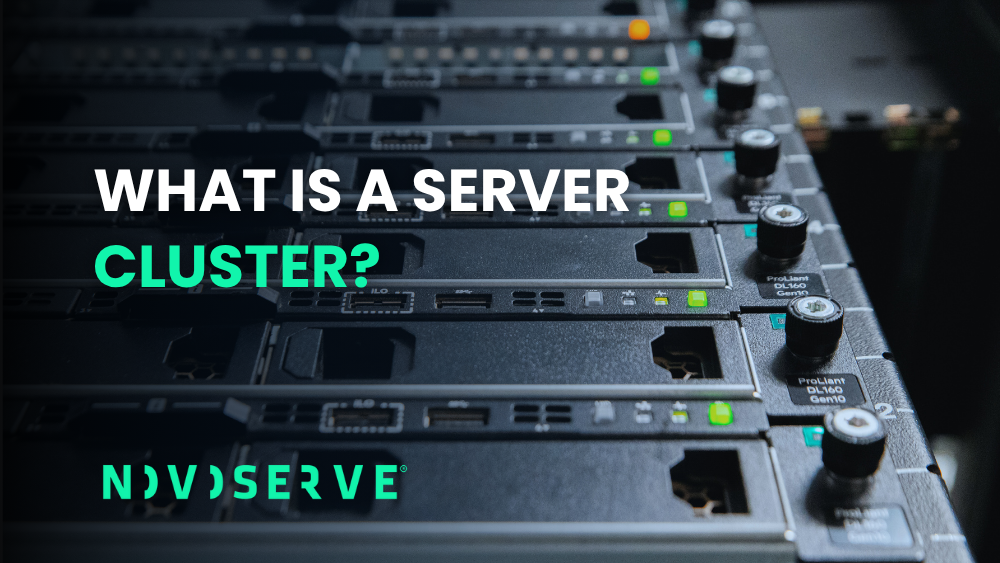What are Bare Metal Servers and Cloud Services?
Bare metal servers are physical servers that are dedicated to a single tenant, providing high performance and reliability. Unlike virtual servers, bare metal servers do not share resources with other users, ensuring optimal performance for resource-intensive workloads. On the other hand, cloud services refer to a range of on-demand computing resources delivered over the internet. These resources can include virtual servers, storage, and networking capabilities.
By combining bare metal servers with cloud services, businesses can leverage the benefits of both infrastructures. Bare metal servers provide the raw power and performance needed for demanding applications, while cloud services offer flexibility, scalability, and cost-efficiency.
Synergizing Strengths: How Bare Metal and Cloud Complement Each Other
Bare metal servers and cloud services complement each other in various ways. For instance, businesses can use bare metal servers to handle resource-intensive tasks such as data analytics, machine learning, and high-traffic websites. These workloads can benefit from the dedicated resources and high-performance capabilities of bare metal servers.
On the other hand, cloud services can be used for elastic workloads that require scalability and flexibility. By utilizing virtual servers and storage offered by cloud providers, businesses can easily scale their infrastructure up or down based on demand. This combination of bare metal servers and cloud services allows businesses to achieve the perfect balance between performance and scalability.
Case Studies: Successful Integrations in Adtech and Fintech Industries
The integration of bare metal servers and cloud services has proven to be successful in industries such as Adtech and Fintech. In the Adtech industry, where real-time bidding and data processing are critical, bare metal servers provide the necessary computing power to handle large-scale data processing and analytics. At the same time, cloud services enable Adtech companies to quickly scale their infrastructure to handle fluctuations in traffic and demand.
Similarly, in the Fintech industry, where security and compliance are paramount, bare metal servers offer enhanced security and isolation, ensuring the protection of sensitive financial data. Cloud services, on the other hand, provide the agility and scalability needed to support Fintech applications and services. The combination of bare metal servers and cloud services enables Fintech companies to meet their performance, security, and compliance requirements.
Optimizing Your Setup: Best Practices for Merging Bare Metal and Cloud Solutions
To optimize the setup of bare metal servers and cloud services, businesses can follow some best practices:
- Identify the workloads that require the performance and reliability of bare metal servers, and those that can benefit from the scalability and flexibility of cloud services.
- Use cloud services for workloads that have variable resource requirements, allowing you to scale up or down based on demand.
- Leverage automation and orchestration tools to manage and integrate bare metal servers and cloud services efficiently.
- Implement a hybrid infrastructure architecture that seamlessly integrates bare metal servers and cloud services, ensuring smooth data transfer and communication between the two environments.
By following these best practices, businesses can effectively merge bare metal servers and cloud services, optimizing their infrastructure for performance, scalability, and cost-efficiency.
Future Trends: The Evolving Landscape of Hybrid Infrastructure
The landscape of hybrid infrastructure, which combines bare metal servers and cloud services, is continuously evolving. Some of the future trends in this space include:
- Increased adoption of hybrid cloud solutions, as businesses realize the benefits of combining the performance of bare metal servers with the scalability of cloud services.
- Advancements in technology that enable seamless integration and communication between bare metal servers and cloud environments.
- The emergence of specialized solutions for specific industries, catering to their unique requirements and workloads.
- The integration of artificial intelligence and machine learning capabilities into hybrid infrastructure, enabling intelligent resource allocation and workload optimization.
As the hybrid infrastructure landscape evolves, businesses can expect even greater performance, scalability, and flexibility in their infrastructure setups.



